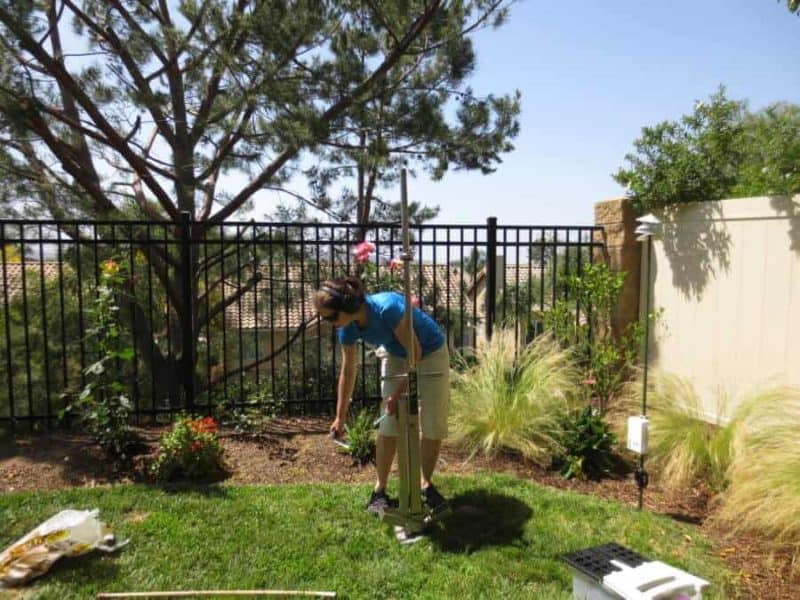Worried about your lawn drying up in the summer heat? A bigger threat may lie next door, in your neighbor’s — and his or her neighbor’s — lawns. They all look alike, and that may not be a good thing.
Are these lawns biological deserts?
Ecological homogenization of suburban America
A study of residential lawns at National Science Foundation (NSF) Long-Term Ecological Research (LTER) sites bordering Phoenix, Baltimore, Minneapolis-St. Paul, Miami, Boston and Los Angeles found that lawn maintenance is contributing to a continental-scale ecological homogenization.
Plant communities in residential lawns across the LTER sites had more in common with each other than they did with their unmanaged counterparts.
“The cities were selected to represent different climates and vegetation types, making the similarities in residential lawns even more striking,” says Peter Groffman of the City University of New York and the Cary Institute of Ecosystem Studies, and senior scientist on the study. The results were recently published in the journal Landscape and Urban Planning.
Turfgrass rules the roost — but isn’t the whole story
Turfgrasses make up the majority of residential lawn plants. Although particular turfgrass species differed among research sites, all shared similar community compositions.
The study also found that sites in different parts of the country shared the same weeds, “indicating that factors other than human planting practices are contributing to the narrowing of lawn plant biodiversity,” Groffman says.
Weeds are sometimes present in turfgrass seed containers; lawn maintenance and disturbed soils create an environment in which the weeds are successful. “Although many of these plants are non-native,” says Doug Levey, an NSF LTER program director, “some have flowers that support native pollinators. Dandelions and clover are examples.”
Biodiversity in higher-income vs. lower-income yards
Demographic components of the residential areas were incorporated into the study. Researchers found that higher-income households had lawns with significantly less plant biodiversity than those of lower-income homes.
High-income households can afford to spend more on lawn care services that remove unwanted plants, ultimately lowering biodiversity, the scientists say.
But the same high-income households often kept small gardens with high plant diversity. The flora there, however, were sometimes non-native.
“The big question is how variations in biodiversity might influence lawns’ water and nutrient use, and their aesthetics,” says Groffman.
New research is addressing the prospects for American lawns. The scientists are evaluating whether xeriscaping (landscapes that require little water), improving wildlife habitat, and capturing runoff will lead to changes.
If you’re a homeowner with a yard, look to the skies for rain, but glance at your lawn, and your neighbors’ lawns, for their plant biodiversity. The result may augur well — or not — for the future of one of America’s most common ecosystems.

